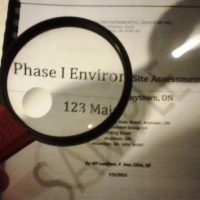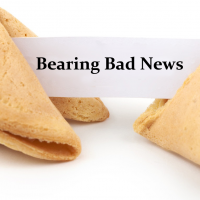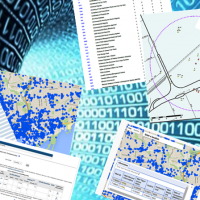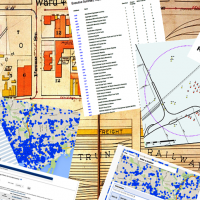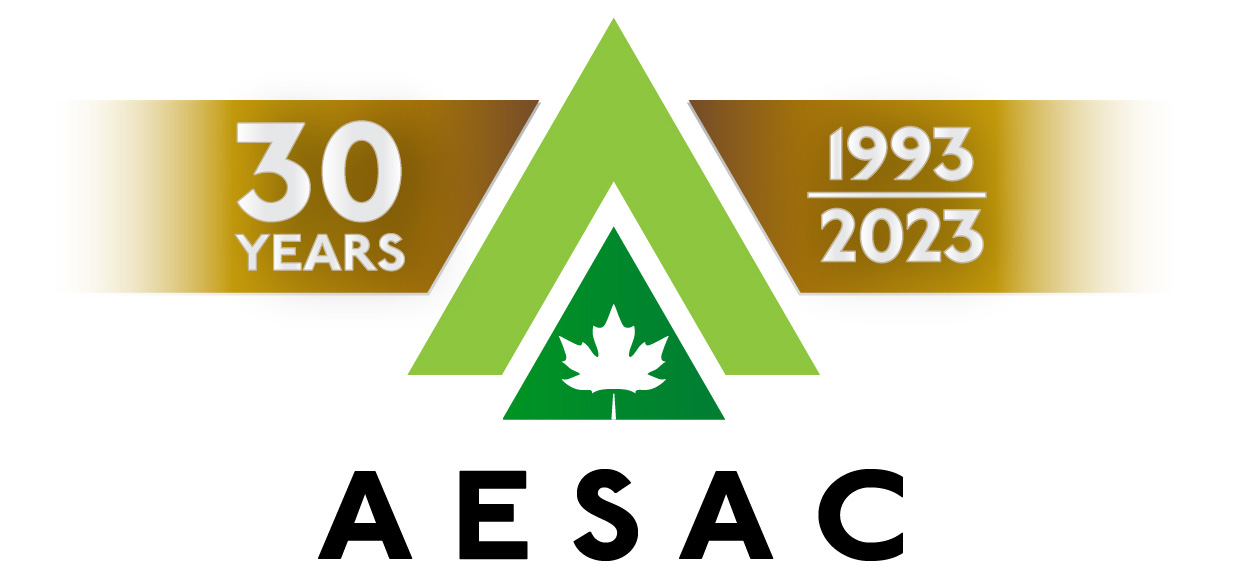- Home
- Training Courses
- Membership
- About Us
- Instructors Blog
- December 2023: All I Want For Christmas
- November 2023: ESA Report Reviews
- October 2023: Can AI Write an ESA Report?
- September 2023: Getting Paid... or Not
- August 2023: Take Me Back...
- July 2023: To Bid or Not To Bid
- June 2023: Selecting a Supplier
- April 2023: Phase 1 Problems, Part 3
- March 2023: Phase 1 Problems, Part 2
- February 2023: Phase 1 Problems, Part 1
- January 2023: Working Outside in Winter
- 2022 Blogs
- 2021 Blogs
- December 2021: Asbestos in your Home
- Sept 2021: Dirty Jars And Other Bad Things… Part 2
- August 2021: Dirty Jars And Other Bad Things… Part 1
- July 2021: How do you want that drawing to look? Part 2
- June 2021: How Did You Want That Drawing To Look? Part 1
- April 2021: So You Need a RSC... Part 2
- March 2021: So You Need a RSC... Part 1
- February 2021: What's In Your Toolbox? Part 2
- January 2021: What's In Your Toolbox? Part 1
- 2020 Blogs
- December 2020: A Day in the Life, Part 2
- November 2020: A Day in the Life, Part 1
- October 2020: Exploring Your Career Path
- September 2020: So You Want To Start Your Own Business - Part 2
- August 2020- So You Want to Start Your Own Business
- June 2020: Effective Communication
- May 2020: Tips For Working From Home
- April 2020: Conducting ESA’s During a Pandemic
- March 2020: It's Not Easy Being Green
- February 2020: Looking Ahead; Bold Predictions for the Next Decade
- January 2020: Looking Back; A Decade in Review
- 2019 Blogs
- 2018 Blogs
- 2017 Blogs
- 2016 Blogs
- 2015 Blogs
- Find an AESAC Member
Menu- Home
- Training Courses
- » Training Courses
- » Webinar Series
- » Calendar of Events
- » Course Registration
- » Course Instructors
- » Testimonials
- Membership
- » Become a Member
- » Certifications
- » Membership Search
- » Update Member Profile
- » Members Only
- » » Member Login
- » » Membership Renewal
- » » Create/Change Password
- » » CESA Certification Application
- About Us
- » About AESAC
- » Course Instructors
- » Contact Us
- Instructors Blog
- » December 2023: All I Want For Christmas
- » November 2023: ESA Report Reviews
- » October 2023: Can AI Write an ESA Report?
- » September 2023: Getting Paid... or Not
- » August 2023: Take Me Back...
- » July 2023: To Bid or Not To Bid
- » June 2023: Selecting a Supplier
- » April 2023: Phase 1 Problems, Part 3
- » March 2023: Phase 1 Problems, Part 2
- » February 2023: Phase 1 Problems, Part 1
- » January 2023: Working Outside in Winter
- » 2022 Blogs
- » » December 2022: Advice To My Younger Self
- » » October 2022: Pre-Purchase Due Diligence
- » » Sept 2022: Words Matter
- » » July 2022: Let Us Come To You
- » » April 2022: Due Diligence
- » » March 2022: Time Management
- » » February 2022: Spinning Augers... Part 2
- » » January 2022: Spinning Augers... Part 1
- » 2021 Blogs
- » » December 2021: Asbestos in your Home
- » » Sept 2021: Dirty Jars And Other Bad Things… Part 2
- » » August 2021: Dirty Jars And Other Bad Things… Part 1
- » » July 2021: How do you want that drawing to look? Part 2
- » » June 2021: How Did You Want That Drawing To Look? Part 1
- » » April 2021: So You Need a RSC... Part 2
- » » March 2021: So You Need a RSC... Part 1
- » » February 2021: What's In Your Toolbox? Part 2
- » » January 2021: What's In Your Toolbox? Part 1
- » 2020 Blogs
- » » December 2020: A Day in the Life, Part 2
- » » November 2020: A Day in the Life, Part 1
- » » October 2020: Exploring Your Career Path
- » » September 2020: So You Want To Start Your Own Business - Part 2
- » » August 2020- So You Want to Start Your Own Business
- » » June 2020: Effective Communication
- » » May 2020: Tips For Working From Home
- » » April 2020: Conducting ESA’s During a Pandemic
- » » March 2020: It's Not Easy Being Green
- » » February 2020: Looking Ahead; Bold Predictions for the Next Decade
- » » January 2020: Looking Back; A Decade in Review
- » 2019 Blogs
- » » November 2019
- » » September 2019
- » » August 2019
- » » July 2019
- » » May 2019
- » » March 2019
- » » February 2019
- » » January 2019
- » 2018 Blogs
- » » November 2018
- » » October 2018
- » » September 2018
- » » August 2018
- » » July 2018
- » » June 2018
- » » May 2018
- » » March 2018
- » » February 2018
- » » January 2018
- » 2017 Blogs
- » » April 2017
- » » June 2017
- » » August 2017
- » » September 2017
- » » December 2017
- » 2016 Blogs
- » » October 2016
- » » September 2016
- » » August 2016
- » » July 2016
- » » June 2016
- » » March 2016
- » » January 2016
- » » December 2016
- » » November 2016
- » 2015 Blogs
- » » April 2015
- » » July 2015
- » » September 2015
- » » October 2015
- » » December 2015
- Find an AESAC Member
Recently a colleague asked me if I have a checklist for conducting peer reviews of environmental reports. Although I don’t have an actual checklist or formal process, there are a number of deliberations that I usually go through when conducting a peer review. Here then are some of the basic
In my last blog I discussed some of the amendments to Ontario Regulation 153/04 proposed by the Ontario Ministry of the Environment and Climate Change (MOECC). The remainder of these proposed amendments is discussed below, along with my commentary. The complete Excess Soil Regulatory
On April 24, 2017, the Ontario Ministry of the Environment and Climate Change (MOECC) outlined proposed changes to Ontario Regulation 153/04 as part of the planned Excess Soil Regulatory Package. These regulations primarily deal with management and re-use of excess soil from construction sites (more
Environmental, and other, consultants are often accused by clients of trying to ‘cover our backsides’ (or similar wording). I often respond that by employing this ‘CYA’ philosophy, consultants can also cover our client’s behinds. Isn’t that what most clients are
In my last article I talked about some of the wackier comments I have heard from owners and agents related to environmental consulting and site remediation, so it’s only fair to high-light a few I have read or heard from other consultants (reworded slightly as needed for discretion). Without
By: Bill Leedham P.Geo, QP, CESA As a fan of NFL Monday Night Football, I always enjoy the segment called “C’mon Man”, where sportscasters and ex-players present videos of embarrassing plays from NFL and college football games. This got me to thinking of some of the cringe-worthy
Last month I talked about some of the dos and don’ts of delivering bad environmental news to a client. This month I want to expand on this topic and address some of the finer points of being the bearer of bad news. It’s always something we hope not to have to do, but really is
In environmental consulting, you sometimes have to be the bearer of bad news. Telling a client their property has a serious contamination problem and they now own a significant financial liability is not enjoyable, but it's something we all have to do from time to time in this business.
In my last article I discussed some of the research requirements for conducting a Phase 1 Environmental Site Assessment (ESA), in particular the use of environmental databases to confirm the history and development of a particular property, and to assist in determining potential environmental
One of the most important tasks for any consultant working on a Phase 1 Environmental Site Assessment (ESA) is the research component. The primary purpose of the ESA is to determine actual or potential sources of environmental concern that may be associated with the subject Site, as well as
Training Courses
Membership
About Us
Contact UsCopyright (c) 2025 Associated Environmental Site Assessors of Canada; AESAC Inc.

